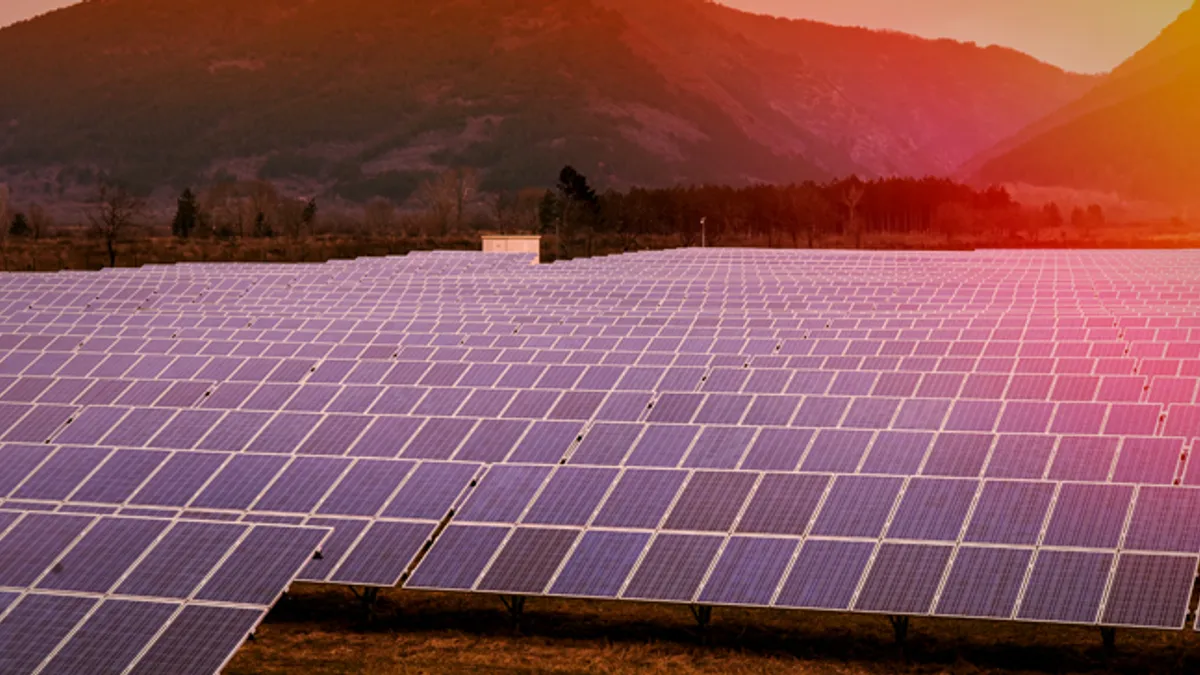As the U.S. and Canada power industry transitions from fossil fuels to renewable energy, there's been a lot of talk about ensuring our power grid can reliably deliver electricity when the wind isn't blowing or at night, when a solar plant can't harvest the sun's rays.
And while reliability is a critical factor to address as more utilities move toward clean energy power sources, recent super storms, such as the February 2021 winter storm that incapacitated the Texas electrical grid, have led to urgent calls to address the issue of building more resiliency into the North American power grid as it is modernized.
Defining Resiliency
Often, we confuse terms such as reliability and resiliency. In the power industry, reliability is defined as the consistent delivery of power from source to user. Resiliency is the ability to prepare for, and adapt to, changing conditions and withstand and recover rapidly from disruptions. Allow me to add a third term, hardening, which is the ability of a grid to withstand a disruption, such as when straight-line winds or tornados hit a power plant or transmission lines – without losing the ability to function.
It's important to understand this distinction because when we talk about investing in resiliency, what we're actually talking about is modernizing the grid to withstand a severe weather event without losing power and creating power systems that can be quickly restarted if they're knocked out.
Let's not forget the part of customer expectations in this equation. Because of increasing reliance on electricity to power nearly everything in our lives, from the Internet to our lawn mowers and cars, many consumers expect that their electricity should never go down. If it does, it should be out for only minutes or a few hours at the most. With modern technology, our expectations for hardened and resilient systems is increasing.
To address this, we're seeing a growing number of wind and solar projects that are including utility-scale battery energy storage systems (BESS) to increase reliability and resiliency. However, while the technology is advancing, BESS systems can provide only so much back-up power based on current technology.
Different Regions; Different Solutions
Different regions of the U.S. and Canada face different environmental conditions that put electrical grids at risk of failure. Similarly, the modernization efforts of power grids in various states and provinces are at different levels of development, too. Both factors need to be considered when designing for resiliency in different regions of the country.
For example, California is much further along than other parts of North America in converting its legacy power system to renewable energy. According to the California Energy Commission, in 2020 solar PV and solar thermal power plants produced 29,440 gigawatt-hours (GWh) of energy or 15.42 percent of California's in-state generation portfolio. As global warming continues to accelerate, engineers designing projects in California not only need to factor in earthquakes, but the risk of higher temperatures on transmission lines and the risk of more, and more intense wildfires on the state's growing renewables infrastructure.
The Southeast is known for its hurricanes, but with climate change, we need to anticipate the impact of rising sea levels or freezing winter storms that brought Texas to its knees.
In the Midwest, there are certain areas – the Missouri and the Mississippi River basins – where the possibility of 100- and 500-year-flooding events has greatly increased in recent years. Last year, our firm worked with one of the major utilities in Iowa to modify six substations to reduce their risk to 500-year-flooding events.
Designing for Hardening and Resiliency
With decades of experience working with utilities throughout the United States in modernizing their grids, Ulteig has built a strong understanding of the process that utilities should consider when planning a modernizing project. In the "Grid Modernization Cycle," the Grid Modernization Team at Ulteig has boiled down the modernization process into four key stages:
- System Evaluation and Framework Design
- Communication Network and Data Management
- Tech Solutions and Field Implementation
- Data Analytics Processing
One of the most important questions that needs to be asked as part of this process is: "How much is enough to prepare for a major disaster?" As we look at the changing landscape, we know we need to build our systems to be stronger to withstand a wide range of possible scenarios over the next 35 years. The answer to this often comes back to who's going to pay to make the grid more resilient.
No one can afford the absolute worst possible disaster. In terms of scenario planning, we know the worst-of-the-worst is going to occur rarely – so it's important to maintain a balanced approach between overpreparing/overspending and underpreparing/underspending. The planning and implementation of storm hardening and grid resiliency investments must carefully balance the needs of all involved – utilities, regulators, shareholders, customers and other stakeholders to allow the actual investments to deliver results.
Mark Scheid, P.E., is Associate Director for Ulteig's key Power and Renewables clients. Mark is an experienced business development engineer with 20 years of experience in working with utility companies.
To learn more about Ulteig, visit ulteig.com.










